
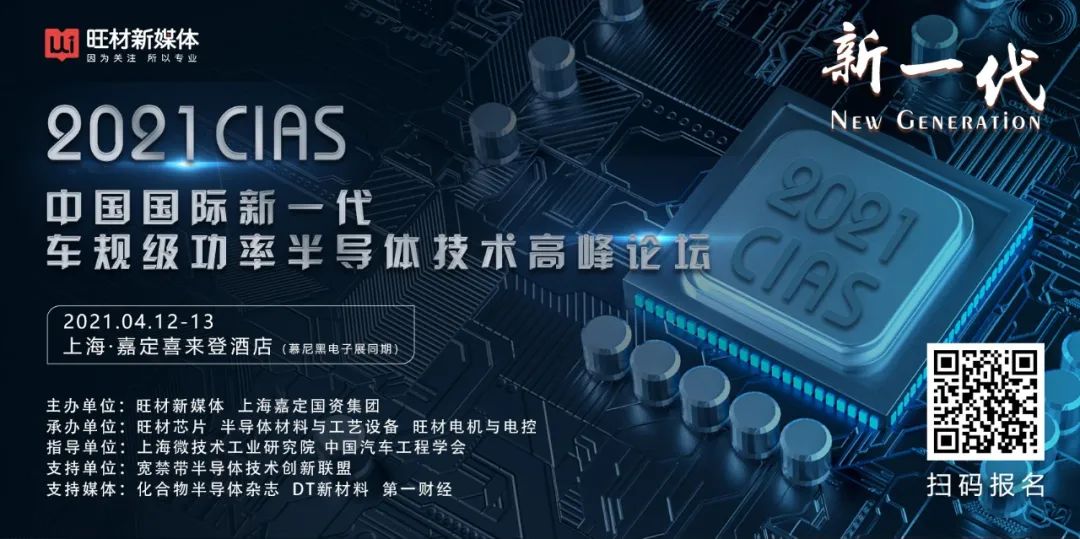
Abstract: There are many types of chips, and even industry insiders find it difficult to classify and fully understand them. Currently, the public’s understanding of chips can be said to be limited. This article attempts to take a “family photo” of the chip family to give everyone a general understanding of the chip family. In fact, this attempt is quite challenging. Chips are like the stars in the vast universe; the closer you observe, the more you discover. Countless and chaotic, it is overwhelming, leaving one with a mix of feelings…
Integrated circuits (chips) are widely used and come in many varieties with complex models. Whenever new application demands arise, new chips are created. To depict the overall picture of the chip family, we must first classify them. There are many classification methods for chips, such as by transistor operating state, manufacturing process, applicability, integration scale, power size, packaging form, application environment, functional purpose, etc. Different focuses lead to different classification methods.
This article focuses on the transistor operating state and types of electrical signals in chips, roughly dividing the chip family into four categories: Digital Circuit chips, Analog Circuit chips, Mixed-Signal Circuit chips, and Special Circuit chips.

Figure 1. Simple classification of the chip family
1. Digital Circuit Chips
Digital circuit chips are mainly used in computers and logic control fields. Their working principle is to control the current’s “on” and “off” through transistors to represent data or information’s “1” and “0”, or to express logical judgments of “yes” and “no”. Therefore, digital circuits are also called switching circuits or logic circuits. Digital circuits are mainly composed of transistors that operate in switching states. Thus, the scale of digital circuits is classified by the number of transistors within. Digital circuit chips mainly include the following seven categories.
1.Logic Circuits(including AND gates, OR gates, NOT gates, latches, shift registers, counters, encoders, decoders, multiplexers, comparators, arithmetic units, etc.): The internationally recognized series of logic circuit chips includes the 74 series, 40 series, 54 series, manufacturer-compatible series, and non-series dedicated circuits. For example, the 74 series has over 97 functional models, and each model, along with input/output numbers, power supply, power consumption, speed, etc., can generate over four times the varieties, totaling more than 400 varieties. With so many series combined, logic circuit chips alone are already very complex.
However, despite the vast variety of logic circuits, they are fundamentally composed of AND gates, OR gates, and NOT gates. Therefore, the aforementioned series of circuits are also known as combinational logic circuits. AND gate circuits are used to determine “a result occurs only if several input conditions are present; otherwise, there is no result”; OR gate circuits are used to determine “a result occurs if at least one input condition is present; if none are present, there is no result”; NOT gate circuits are used to determine “if an input condition is present, there is no result; if the input condition is absent, there is a result”. These judgments and processes can handle very complex control and computation problems.
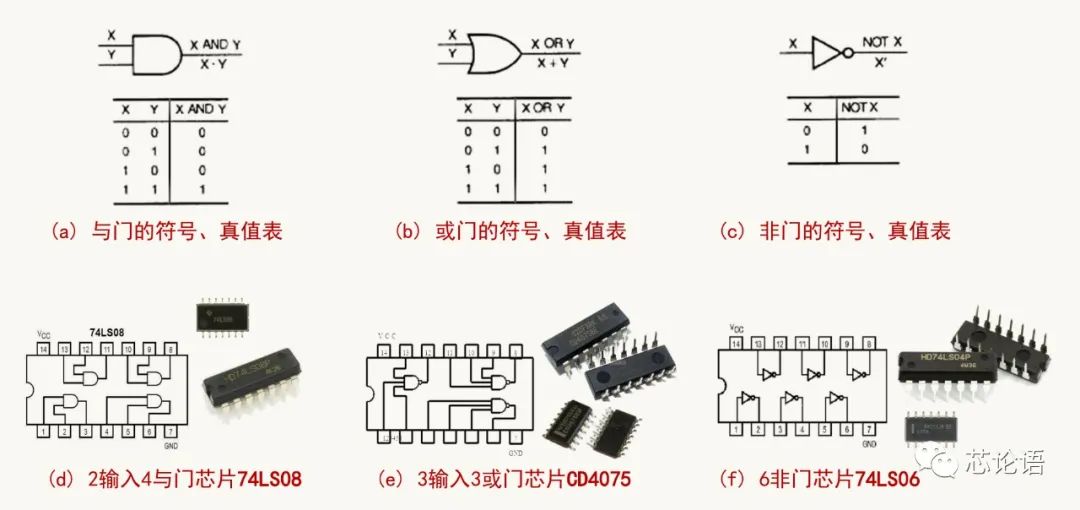
Figure 2. Three basic logic chips
Theoretically, the vast number of logic circuit chips can achieve the functions of all complex chips today, such as Central Processing Units (CPUs), Microcontrollers (MCUs), and System on Chips (SoCs). Moreover, they can even achieve the functions of complex systems, such as computers and switches. However, thousands, or even more, chips would need to be installed on printed circuit boards (PCBs). Early electronic products were built this way, but today, this is no longer necessary. Because today’s chips have high integration, many self-contained logic circuits can be integrated within a chip, allowing one chip to achieve very complex functions, such as a CPU, or even realize a complete system, such as an SoC. Therefore, today, no one is willing to use many small chips to achieve large systems, as such systems would be bulky, unreliable, and costly.
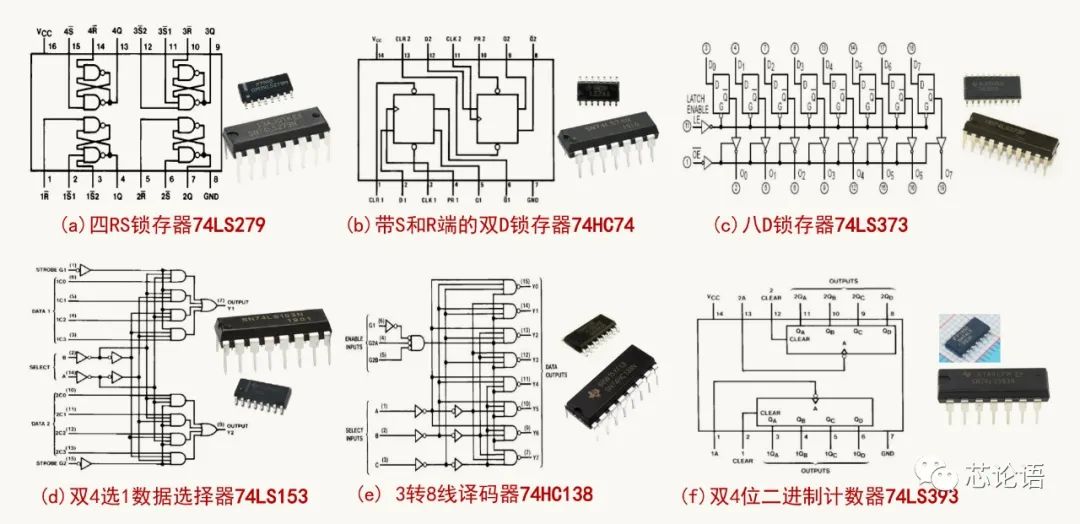
Figure 3. Examples of some combinational logic circuit chips
Today, the usage of logic circuit chips is already low. Just like building a house can be done entirely with bricks or can use some large components supplemented by a small amount of bricks, the amount of bricks used is naturally reduced. Today’s logic circuit chips are only used in small electronic products or in connection circuits between large general-purpose chips of large systems.
2.General Processors(CPUs, GPUs, DSPs, APU, etc.): General processors are composed of a vast number of logic circuits, containing control, storage, computation, and input/output parts, forming a complete data and information processing system. They are the largest in scale and the most complex in structure among digital circuit chips. (According to the general processor chip, which can integrate over 10 billion transistors, it roughly contains over 3 billion AND gates, OR gates, and NOT gates). Therefore, general processors are classified as large-scale integrated circuits.
General processor chips are characterized by continuous iteration according to Moore’s Law, constantly introducing new products, forming several product series. For instance, Intel and AMD’s X86 series, IBM’s PowerPC series, MIPS’s embedded CPU series, and ARM RISC series, among dozens of others. Each series has produced 20 to 30 chip models, with an average market lifespan of about 2 years for each model.
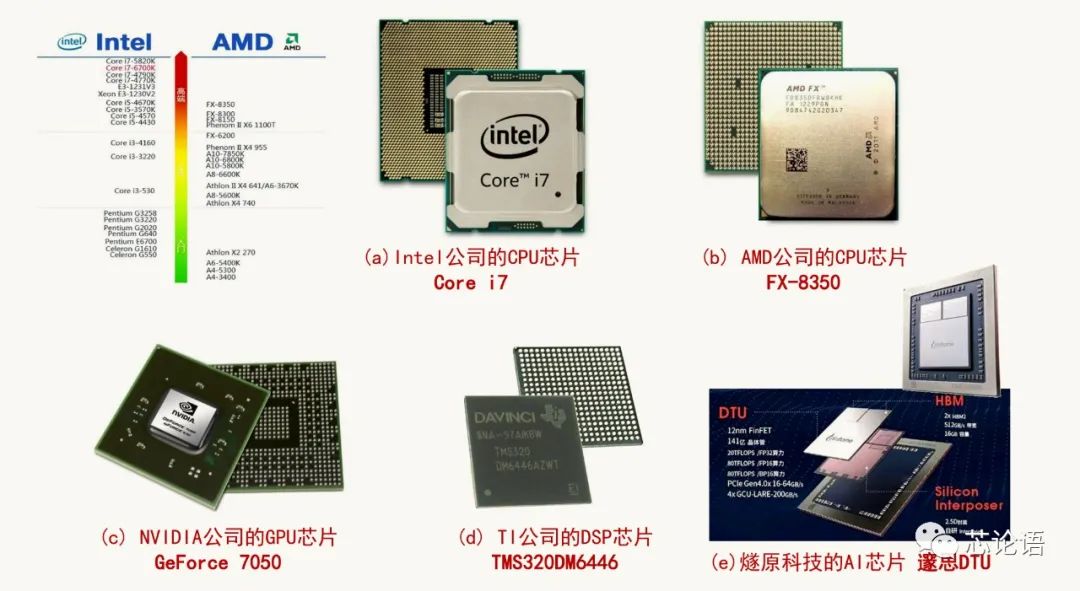
Figure 4. Examples of some general processor chips
General processors are referred to as the brain and central hub of electronic products and information systems. Central Processing Units (CPUs) are used to manage, schedule, and control the coordinated and efficient operation of various components in electronic products and information systems; Graphics Processing Units (GPUs) are managed by CPUs but can independently manage, schedule, and control matters related to image display and graphics processing; Digital Signal Processors (DSPs) also accept CPU management but can independently perform a large number of rapid computations and processing of data and information in batches; with the rapid development of artificial intelligence technology, traditional CPU structures cannot meet the requirements of artificial intelligence systems for information storage, computation, and reasoning. New processor structure innovations have emerged, flourishing in various forms. This is the Artificial Intelligence Processor (APU), with representative products like IBM’s TrueNorth, Qualcomm’s Zeroth, Google’s TPU, Microsoft’s Brainwave, Cambricon’s Cambricon-1A, and Sunway Technology’s Suisi DTU, etc.
3.Memory(SRAM, DRAM, PROM, Flash, etc.): Memory is used to store data and information in chips. It can be subdivided into Static Random Access Memory (SRAM), Dynamic Random Access Memory (DRAM, LPDDRX), Programmable Read-Only Memory (PROM), Flash Memory, and Embedded Memory, etc.
SRAM is used to store data in electronic products, maintaining data unchanged during power on, but losing data when power is off; DRAM maintains data unchanged during power on through regular refreshing but loses data when power is off; Flash maintains data unchanged during power on and does not lose data when power is off; PROM retains data once written with special means, regardless of power state. The first two are called volatile memory, while the latter two are called non-volatile memory. These types of memory can be packaged as independent memory chips or designed within CPUs, MCUs, SoCs, and are also referred to as embedded memory.
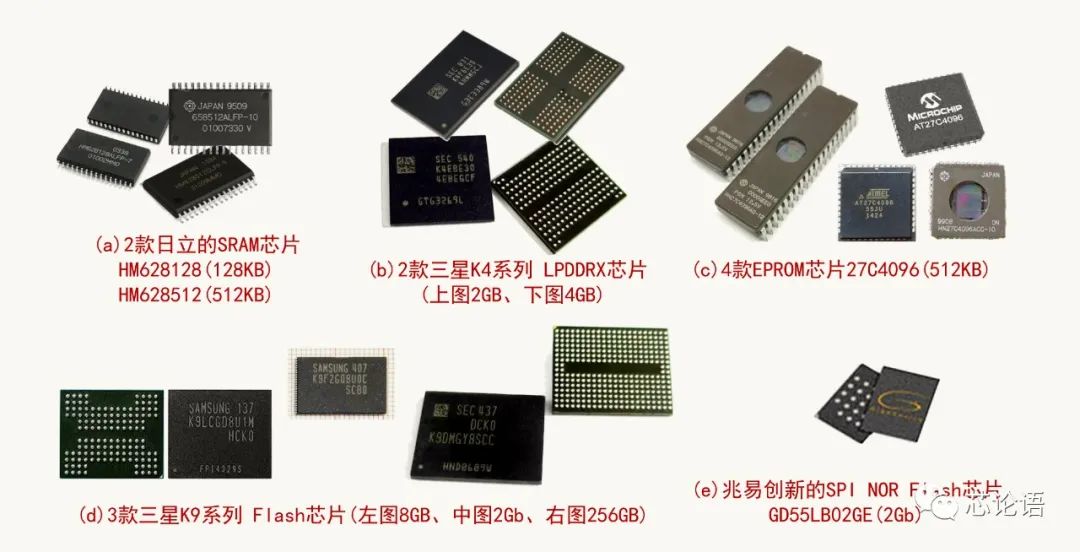
Figure 5. Examples of some memory chips
Depending on their purposes, different types of memory are selected for use. For example, desktop computers generally save data on hard drives after power loss, thus using a lot of DRAM (DDR, LPDDRX, etc.), while mobile phones need to use a lot of Flash chips to permanently retain data (such as contacts, photos, videos, etc.).
4.System on Chip(SoC): A system on chip integrates an entire electronic system into a single chip. By providing power and a small number of external circuits to the SoC chip, the functions of a complete electronic product or system can be realized. For example, audio and video players (MP4), car navigation devices, and mobile phones can all be realized with a single SoC chip and a small number of external components. SoC chips generally consist of a CPU core, embedded memory, I/O interfaces (buttons, touch, USB, WiFi, etc.), and other components. SoC chips are designed as application-specific system-level chips, such as those used in medical devices, automotive electronics, metering systems, smartphones, smart TVs, etc., and each has SoC chips suitable for their specific application fields. SoC chips cannot be used across different fields like CPU chips; they can only be used within their specific application field.
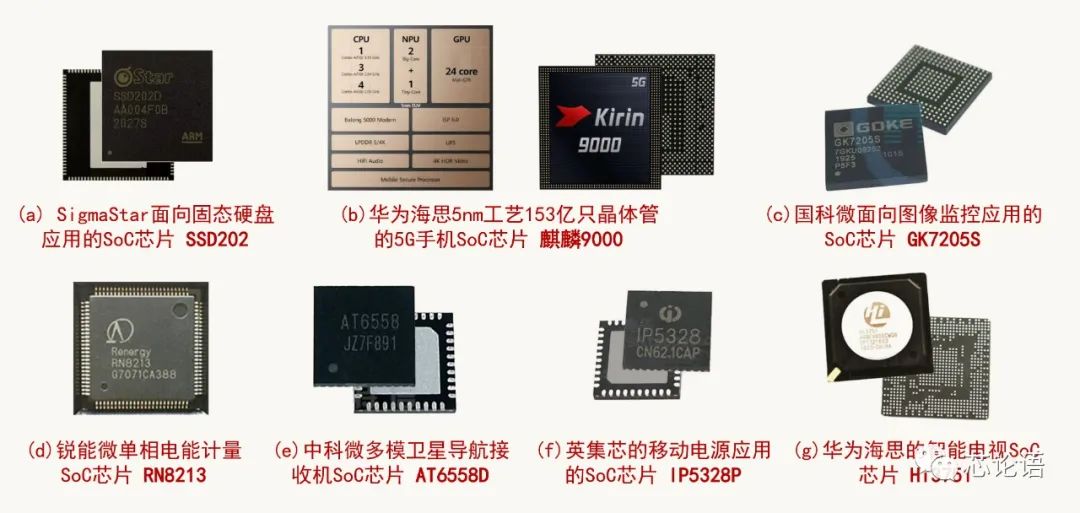
Figure 6. Examples of application-specific SoC chips
5.Microcontrollers(MCU): Microcontrollers are often referred to as single-board computers or single-chip computers. They are simplified versions of general processors (CPUs). The simplification is reflected in several aspects, including processing word width, processor and instruction architecture, memory size, clock speed, etc. MCUs are generally used in simpler, smaller electronic products or systems to perform simple control and data processing tasks. However, in large systems, many MCUs can work together to complete complex control tasks. MCU chips have a wide range of applications, from controlling simple devices like balcony watering timers, rice cookers, and refrigerators, to controlling instruments, industrial automation production lines, and even large applications like high-speed trains and aircraft systems.
Systems built around MCU or SoC chips are also referred to as embedded systems, and MCUs and SoCs are also called embedded microprocessors.
There are many types of MCUs, with the main products reaching over 70 series and more than 500 varieties. For example, the MCS-51 series, PIC series, STM32 series, MSP430 series, TMS series, AVR series, STC series, etc. Just within the MCS-51 series, chips are categorized by several clock cycles (T) per machine cycle, with 12T chips like 8051, 8031, AT89C51, 8032, etc.; 6T chips like the STC89 series; 4T chips like 80C320, W77E58, etc.; and 1T chips like the STC series. Additionally, there are different manufacturers and brands, leading to a vast number of chip models.
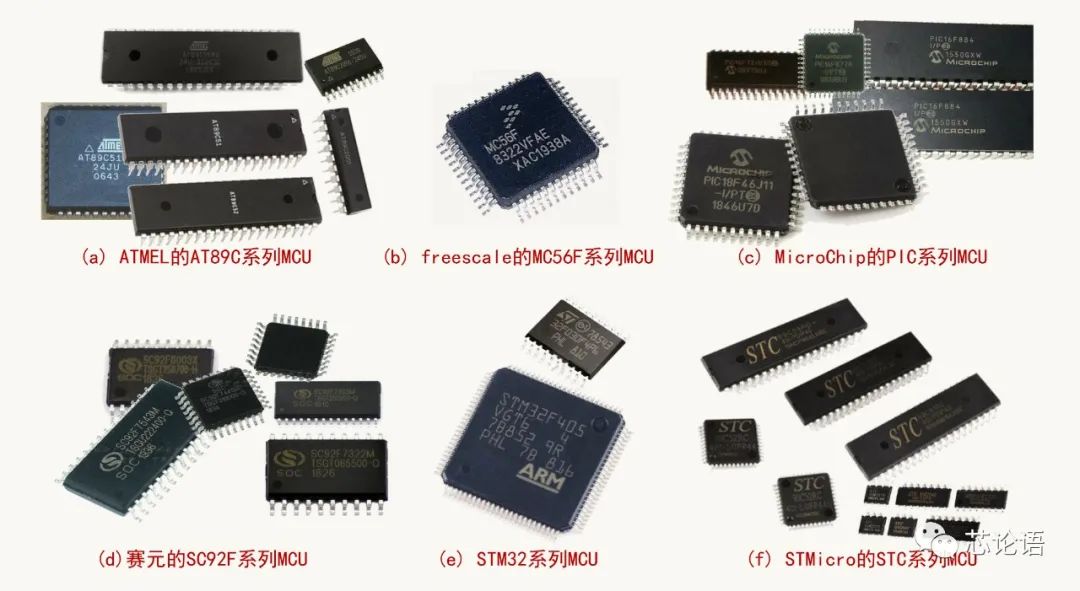
Figure 7. Examples of some MCU chips
6.Application-Specific Integrated Circuit (ASIC): If a user does not want to use general chips but instead customize a chip according to their application requirements, this chip is called a fully customized chip. The second-generation ID card chip is a typical example of ASIC. Some complete machine manufacturers customize ASIC for their products to avoid using general chips, first to protect the technical details and secrets of the products, second ASIC can be more suitable for their product needs, and third as long as the product can be mass-produced, the high customization cost of ASIC can be amortized.
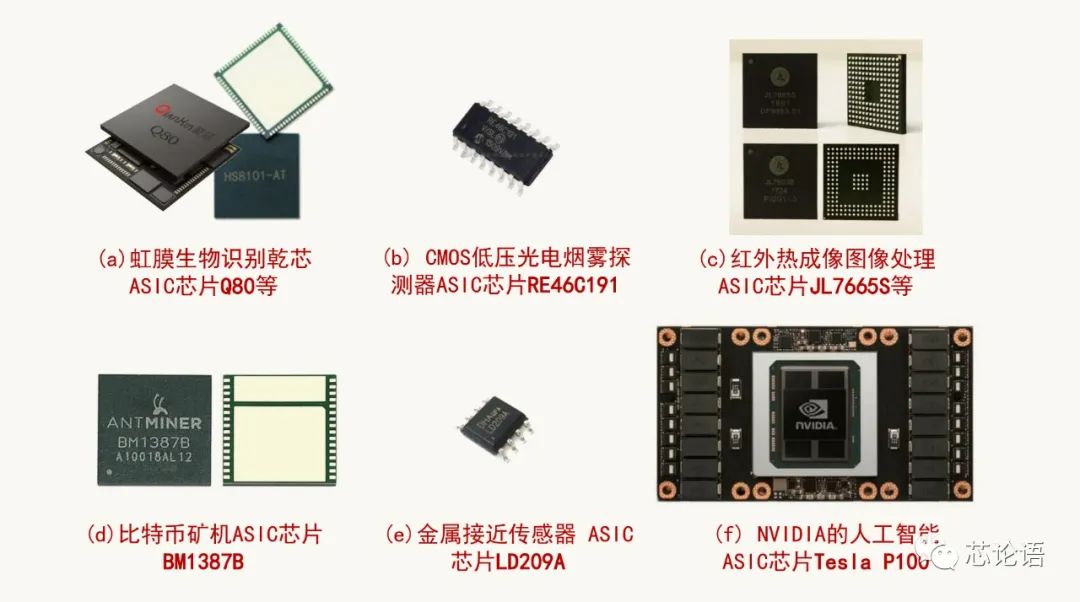
Figure 8. Examples of some ASIC chips
7.Programmable Logic Devices (PLD) (including PLD, PAL, GAL, FPGA, etc.): The first six types of chips are referred to as fixed logic circuit chips. Once produced by the foundry, their functions are fixed and cannot be changed significantly. If modifications and upgrades are needed, the design must be changed and then sent back to the foundry for re-production. The cost of modifications and re-production is high; only chips with high demand are developed according to the fixed logic circuit model. For chips with low demand and potential for updates and upgrades, development should follow the programmable logic device model.
Programmable logic devices (PLD) have not determined their functions when produced; they must be programmed by designers according to requirements before the chips can perform the desired functions. Moreover, some types of PLD chips can be programmed multiple times, making them very suitable for applications where chip functions need to be improved and upgraded, such as communication devices, mobile communication base stations, etc.
Before programming, PLD belongs to general chips, and manufacturers can mass-produce them to meet the application needs of different fields. After programming, they become dedicated chips, only satisfying specific applications in certain fields. Therefore, PLD chips are also called semi-custom chips.
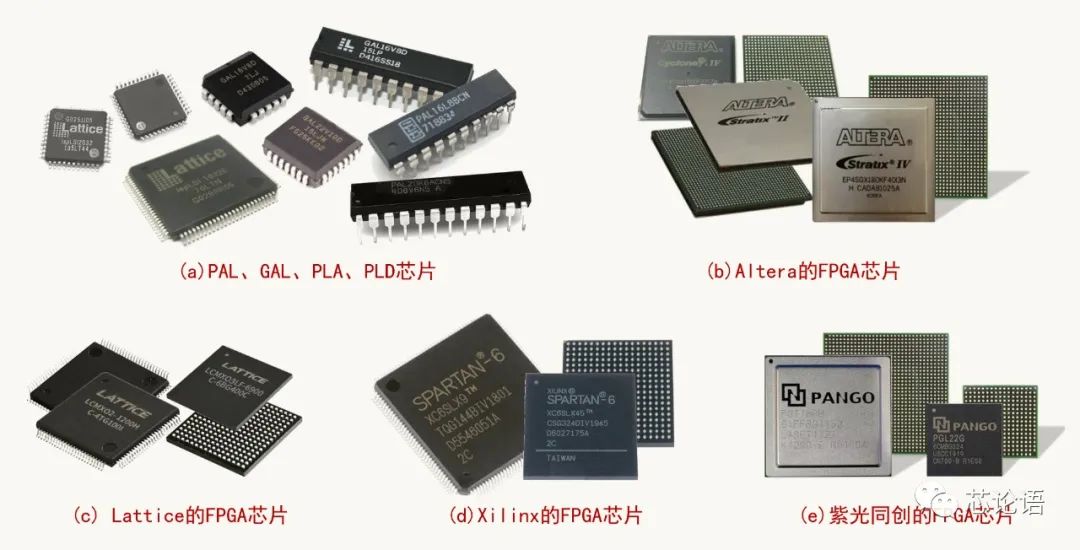
Figure 9. Examples of some programmable logic device chips
Currently, the most widely used are Field Programmable Gate Arrays (FPGAs), which are particularly suitable for applications with low usage or high usage but require constant improvement and upgrades. They are widely used in communication, security monitoring, automatic control, artificial intelligence, military, aerospace, and in chip design prototyping, algorithm, and embedded system development.
Some like to compare ASIC and PLD, as both ASIC and programmed PLD are dedicated custom chips. However, they have the following differences: first, the former is customized by designers and manufacturers, while the latter is programmed and customized by the user; second, the former’s chip functions cannot be changed after production, while the latter’s functions can be improved and upgraded after programming; third, the cost of production customization for the former is very high and requires mass production, while the latter has low customization costs and is suitable for small batch products.
2. Analog Circuit Chips
Analog circuits are used to detect, transmit, convert, process, and amplify analog signals. The components in analog circuits include not only transistors but also diodes, resistors, capacitors, and inductors. Most transistors in analog circuits do not work in switching states like digital circuits but operate in linear states. Analog circuit chips have many functions and types, making it difficult to categorize them. Compared to digital circuits, the design difficulty of analog circuit chips is greater, requiring a longer time for technical accumulation and higher requirements for designers. Therefore, the salaries of designers for analog circuit chips and systems are also higher.
Note: The example images of this part of the chips show the internal structure of the chips. Although they seem complex, they are much smaller in scale than digital chips (such as CPUs, GPUs, etc.), which can have hundreds of billions of transistors, making it impossible to depict a transistor-level structure; only large functional modules can be illustrated. Do not misunderstand that analog chips are structurally more complex than digital chips.
1.Discrete Devices and Modules(diodes, transistors, MOSFETs, IGBTs, etc.): These devices and modules are also made using integrated circuit planar processes. Although packaged as devices and modules, they do not resemble typical chips, yet they fall within the category of integrated circuits. The number of internal components in discrete devices is minimal, but during design and manufacturing, the control of component parameters is extremely precise. Unlike digital circuits, where functionality reigns supreme, all analog circuits are parameter and performance-driven.
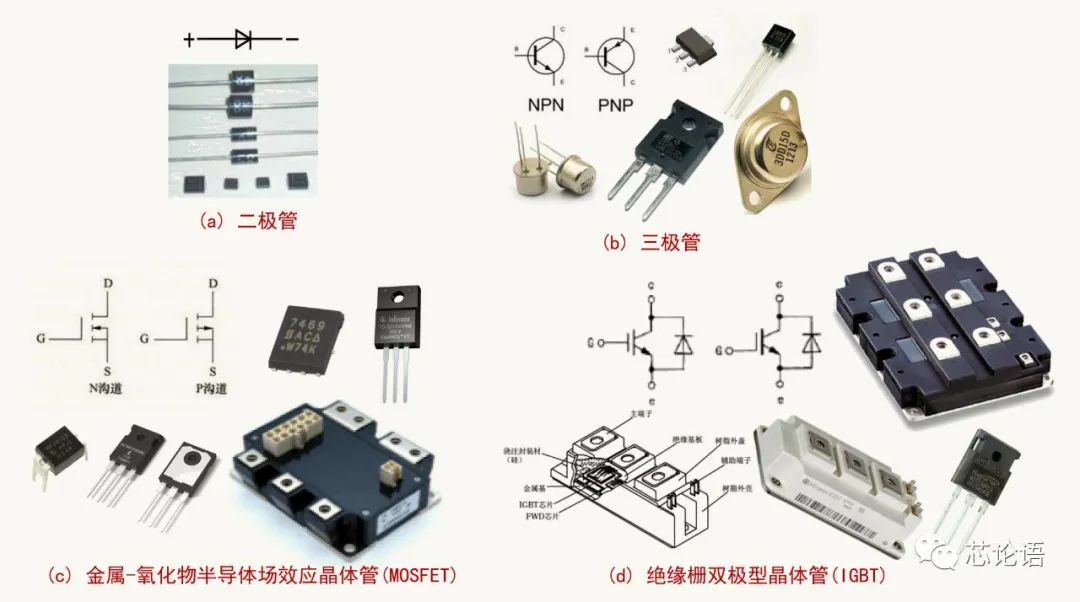
Figure 10. Examples of discrete devices and modules
2.Power Circuits: Power circuits are used to convert 200V 50Hz AC power into different output voltages and currents of DC power, serving as the power source for various electronic products and systems. There are many types of power circuit chips, with common switch power chips alone amounting to over 300 types (including over 160 DC/DC chips; over 60 AC/DC chips; over 30 power controller chips; and over 50 charging controller chips). It is estimated that there are no less than 500 existing power chip models.
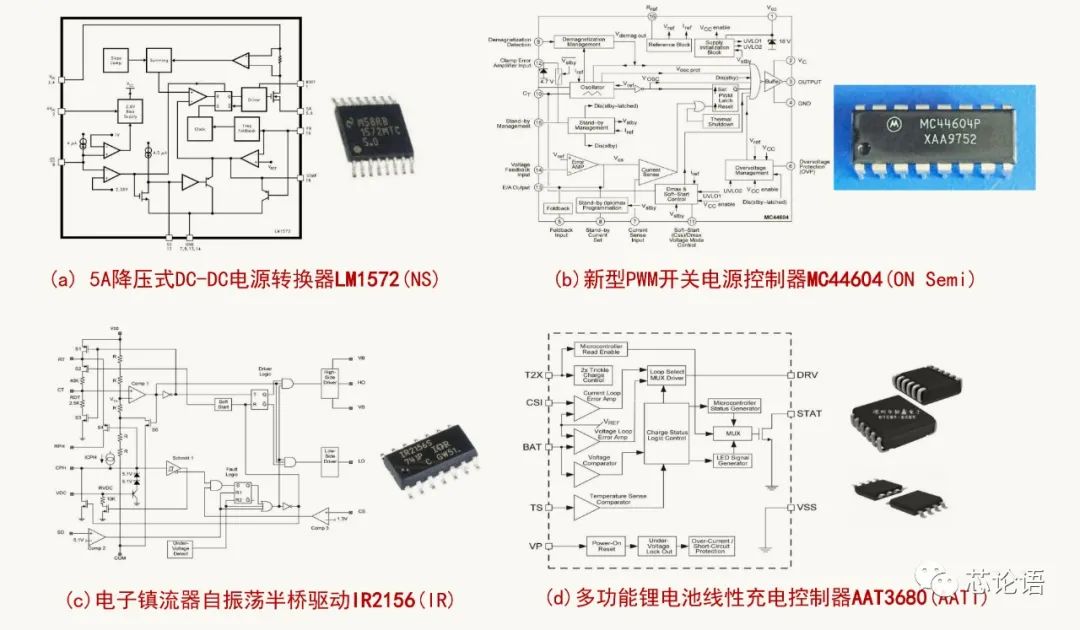
Figure 11. Examples of some power chips
3.Signal Detection Circuits: Used to detect weak electrical signals, which are processed through filtering, amplification, and other front-end treatments to become large signals or digital signals that are easier to handle.
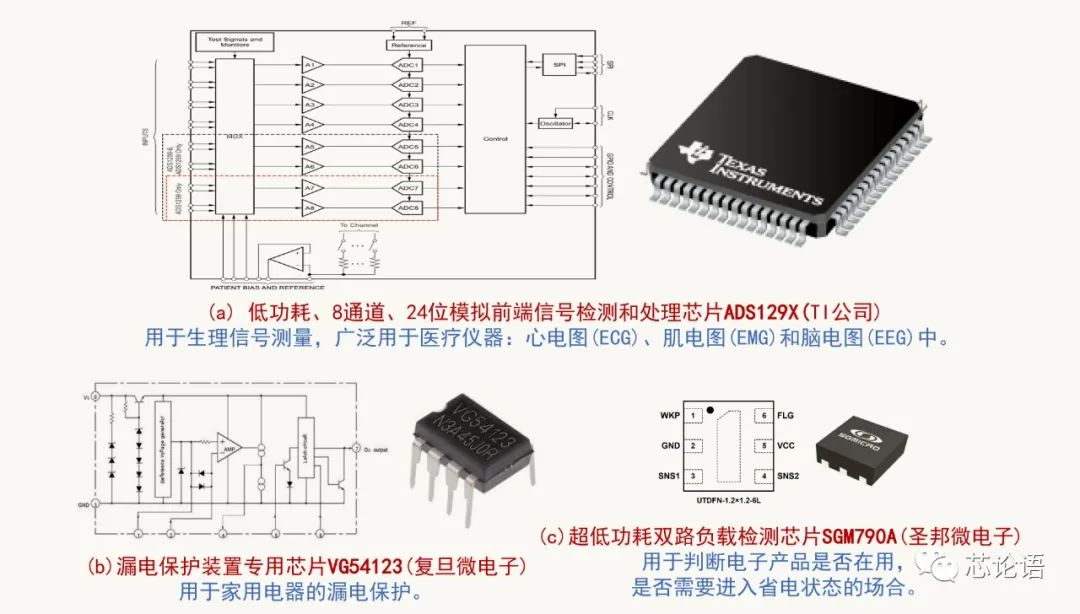
Figure 12. Examples of some signal detection chips
4.Filters: Filtering circuits are used for signal extraction, transformation, or anti-interference. They are a type of frequency-selective circuit that allows specific frequency components of signals to pass through while greatly attenuating other frequency components. Therefore, there are low-pass, band-pass, and high-pass filters, as well as passive and active filters, with filter chips generally being active filters.
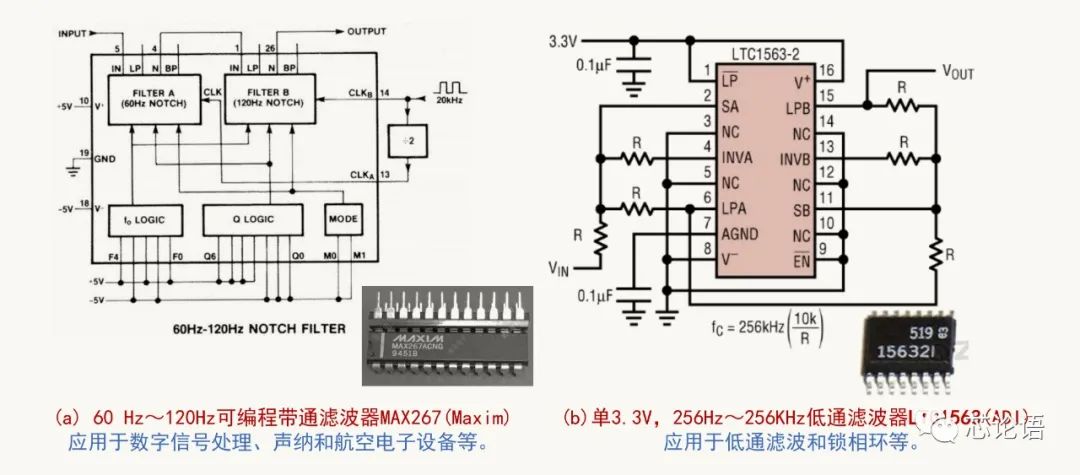
Figure 13. Examples of some filter chips
5.Conversion Circuits: Conversion circuits are used to convert current signals to voltage signals or vice versa; or to convert DC signals to AC signals or vice versa; or to convert DC voltage into a frequency proportional to it, etc. Switching power supplies, voltage regulation circuits, level conversion, and analog-to-digital conversion circuits (ADC/DAC) are also conversion circuits. ADC/DAC belong to mixed-signal circuits; thus, they are introduced in the third part.
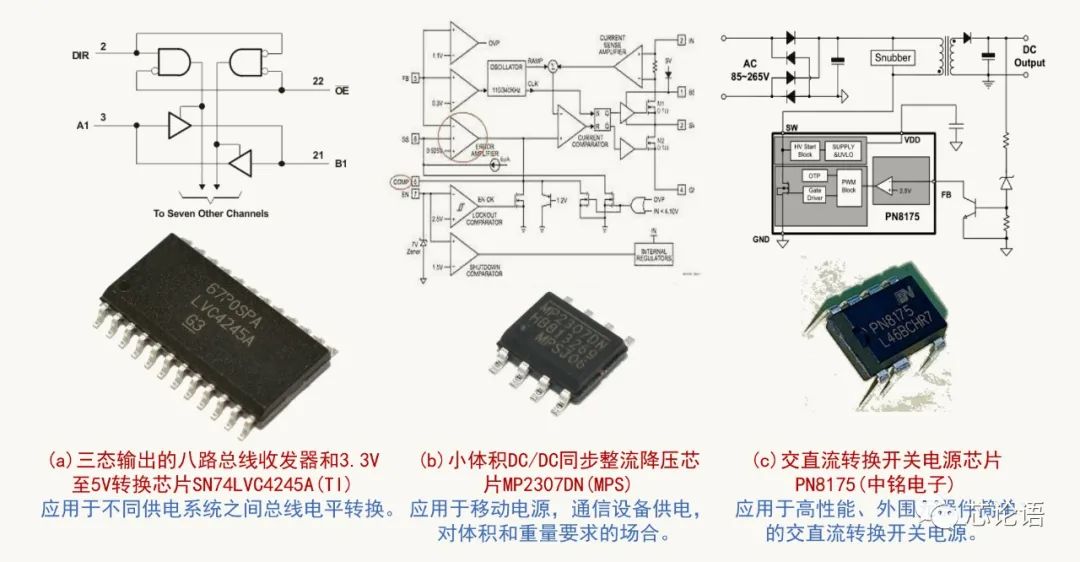
Figure 14. Examples of some conversion circuit chips
6.Signal Generators: Signal generation circuits are used to produce sine waves, square waves, triangular waves, sawtooth waves, etc. They mainly include various function signal generators, special frequency, waveform, and pulse signal generators, etc. The types of signals generated by signal generators are also continuously increasing based on application needs.
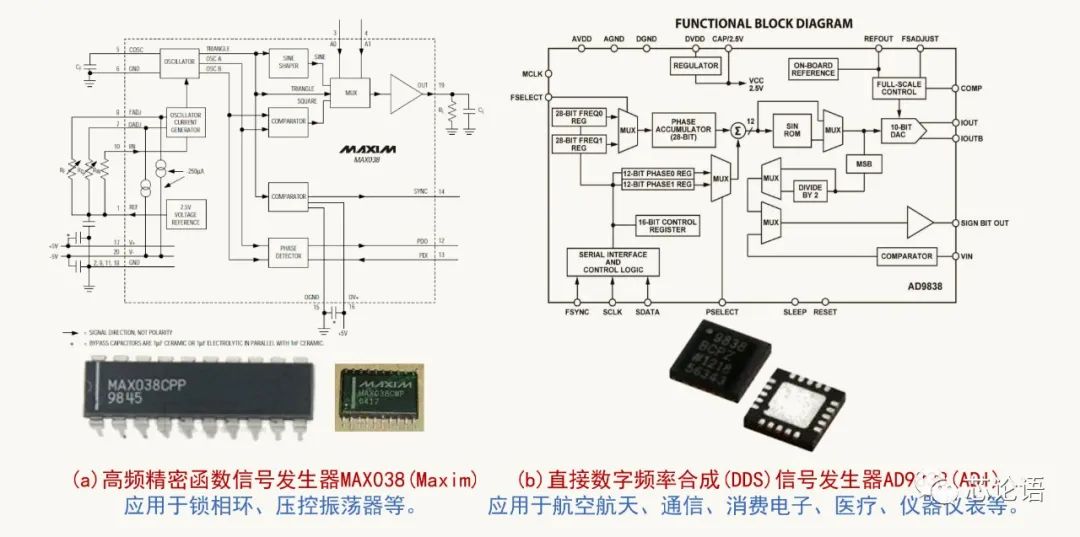
Figure 15. Examples of some signal generator chips
7.Amplifiers: Amplification circuits are used to amplify the voltage, current, or power of signals. They mainly include preamplifiers, operational amplifiers, and power amplifiers (PA), among others. Moreover, based on the frequency of the signals, they can be categorized into low-frequency, medium-frequency, high-frequency, and radio-frequency types. Additionally, due to different application scenarios, there are various performance requirements, leading to different types of amplifier names.
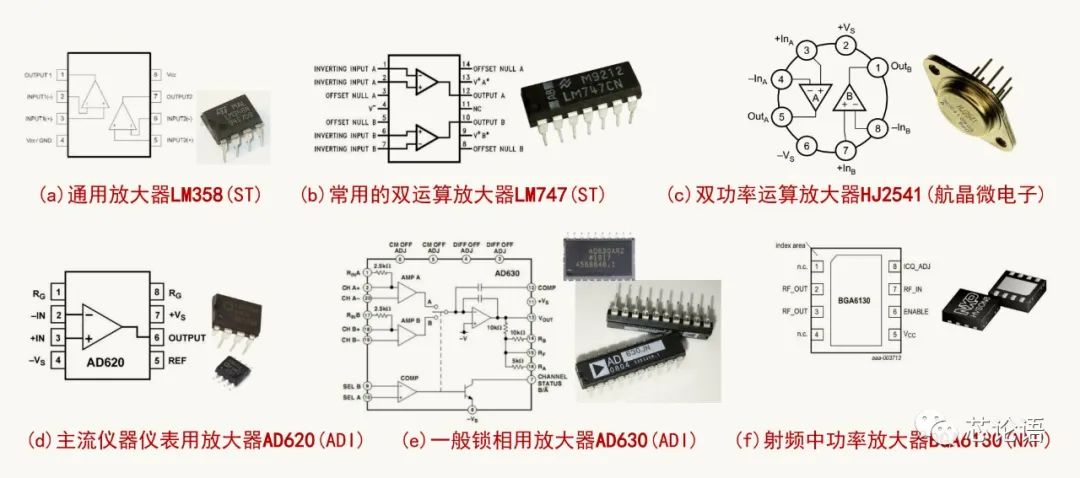
Figure 16. Examples of some amplifiers
3. Mixed-Signal Circuits
1.Analog-to-Digital Converters (ADC, DAC): Analog-to-digital converters (ADC) and digital-to-analog converters (DAC) are the circuit interfaces between the real world and the digital world. Without these chips, there would be no digitalized world today. These chips can have many subdivisions based on channel numbers, conversion bit widths, conversion rates, accuracies, etc., resulting in a vast number of chip models.
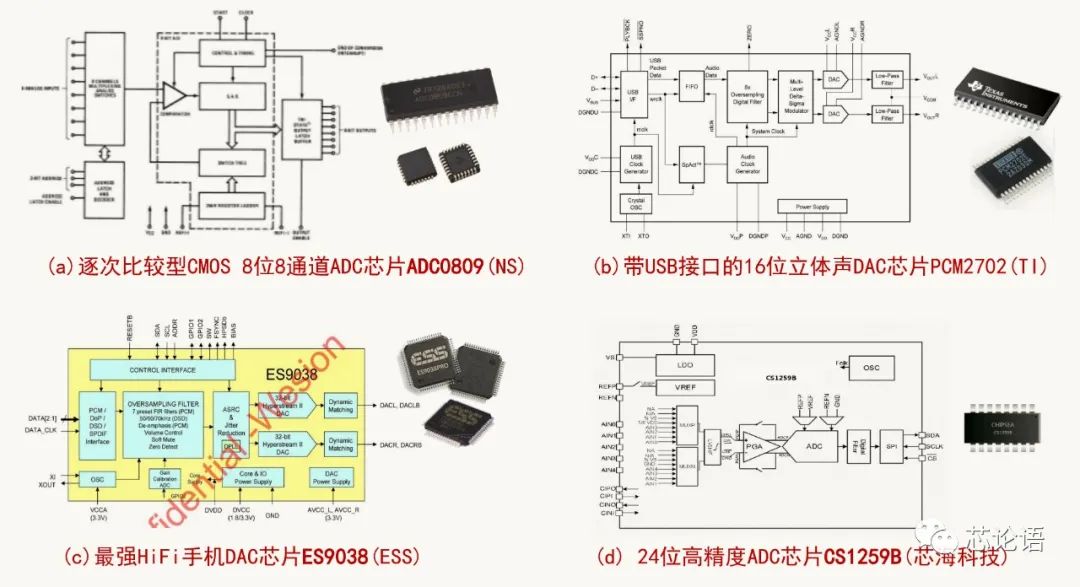
Figure 17. Examples of some ADC and DAC chips
2.Optoelectronic Conversion Circuits: Optoelectronic conversion chips are essential types of chips for implementing optical communication and optoelectronic systems. This includes optoelectronic couplers, photodetector diodes, phototransistors, photoconductive resistors, etc.

Figure 18. Examples of some optoelectronic conversion circuit chips and devices
3.Baseband Circuits: Mobile phone baseband chips mainly consist of microprocessors, channel encoders, digital signal processors, modems, and interface modules. They are used to synthesize baseband signals to be transmitted or to decode received baseband signals. Currently, only a few companies, such as Qualcomm, Intel, Samsung, Huawei, MediaTek, Spreadtrum, and ZTE, can design and produce baseband chips.
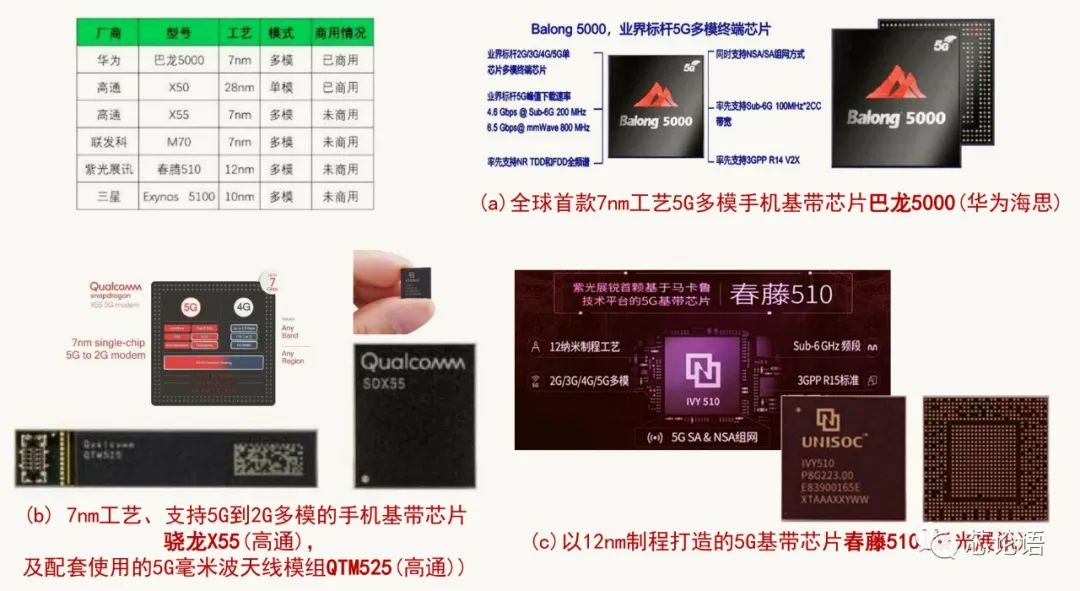
Figure 19. Examples of some baseband chips
4.Modulators and Demodulators: Modulator and demodulator chips perform modulation, demodulation, or both functions. Modulation converts varying baseband signals into corresponding variations of carrier amplitude (amplitude modulation), frequency (frequency modulation), or phase (phase modulation). Demodulation converts varying carrier amplitudes (amplitude modulation), frequencies (frequency modulation), or phases (phase modulation) back into corresponding varying baseband signals. Modulator and demodulator chips are widely used in radio transceivers, wireless broadcasting, wireless communication, broadband networks, and optical fiber networks.
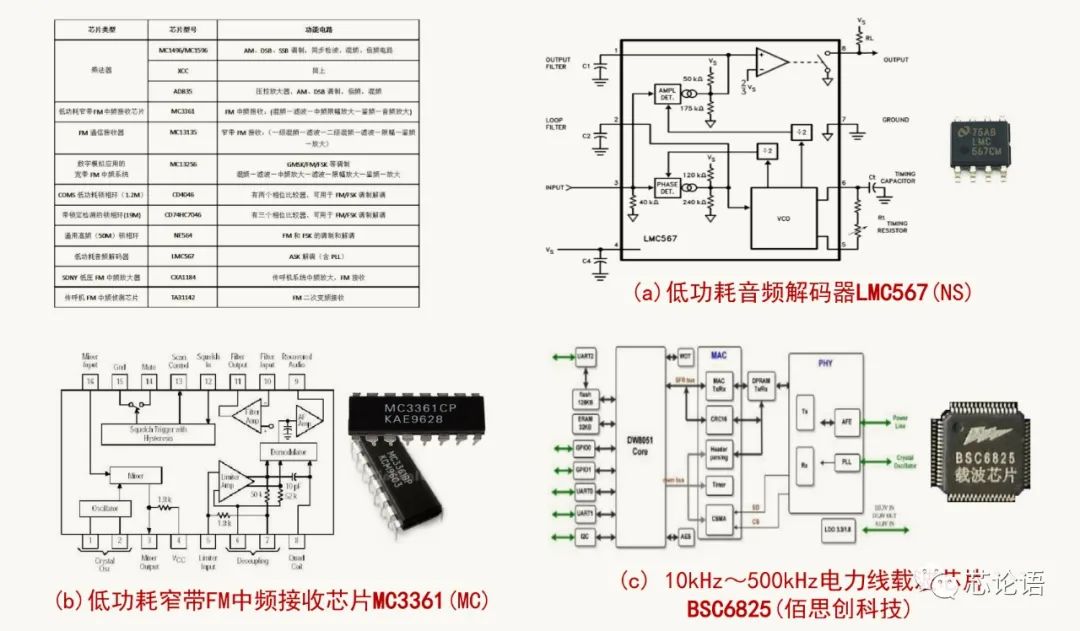
Figure 20. Examples of some modulator and demodulator chips
5.Interface Circuits: Interface circuits are the connections and conversions between internal components of chips, between chips, between chips and the outside world, and between systems. They play an essential role in building systems and act as a crucial link.
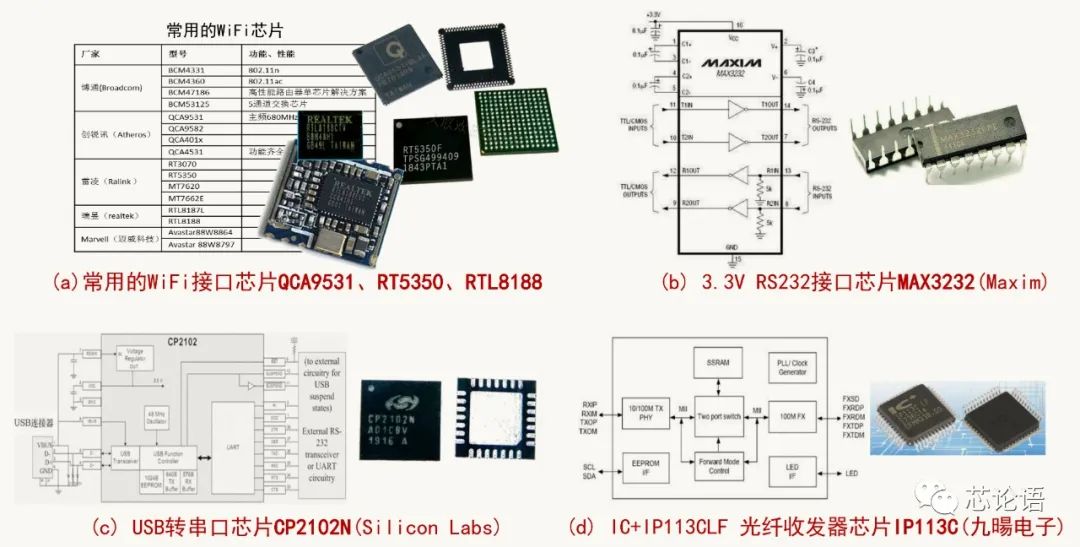
Figure 21. Examples of some interface circuit chips
7.Sensors: Sensors are used to measure and perceive various physical quantities in the real world, such as magnetic force, motion, pressure, temperature, humidity, images, sounds, etc. There are many subdivisions of sensors, generally existing in the form of devices rather than chips; even if there are chips, they are usually packaged within devices.
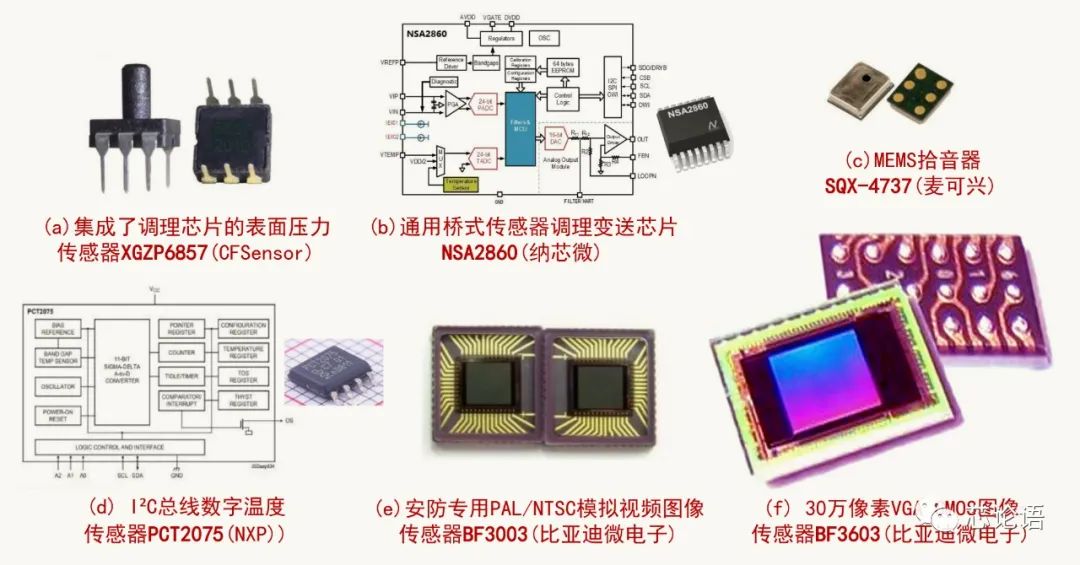
Figure 22. Examples of some sensor chips
8.Drivers: Driver chips and devices come in many subcategories, ranging from small display drivers for digital tubes, LCDs, and LEDs, to medium-sized motor drivers and semiconductor lighting drivers, and large power switch drivers, electric vehicle, and locomotive power drivers, with a vast and varied range of subcategories.
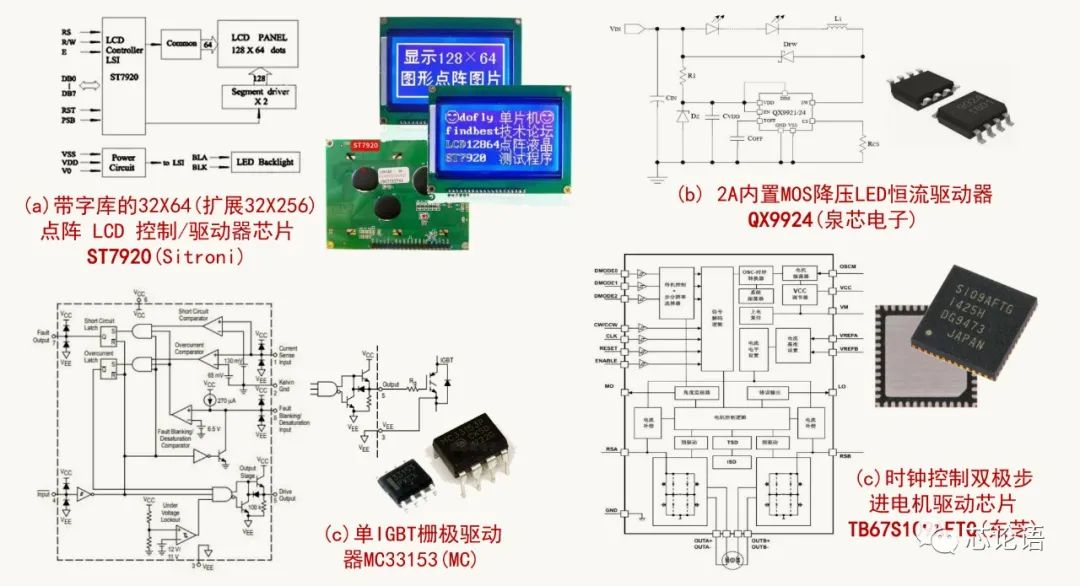
Figure 23. Examples of some driver chips
4. Special Circuit Chips
1.Radiation-Resistant Military and Aerospace Grade Circuits: Aerospace-grade chips must not only exceed military-grade chips in operating temperature (-55℃ to 125℃) but also meet radiation resistance requirements. Military and aerospace-grade chips generally use ceramic packaging and protective shielding. These chips must excel in function, performance, temperature, radiation resistance, and reliability. Due to high levels of monopoly and relatively low demand, some chips are said to sell for as much as 500,000 to 5 million per chip.
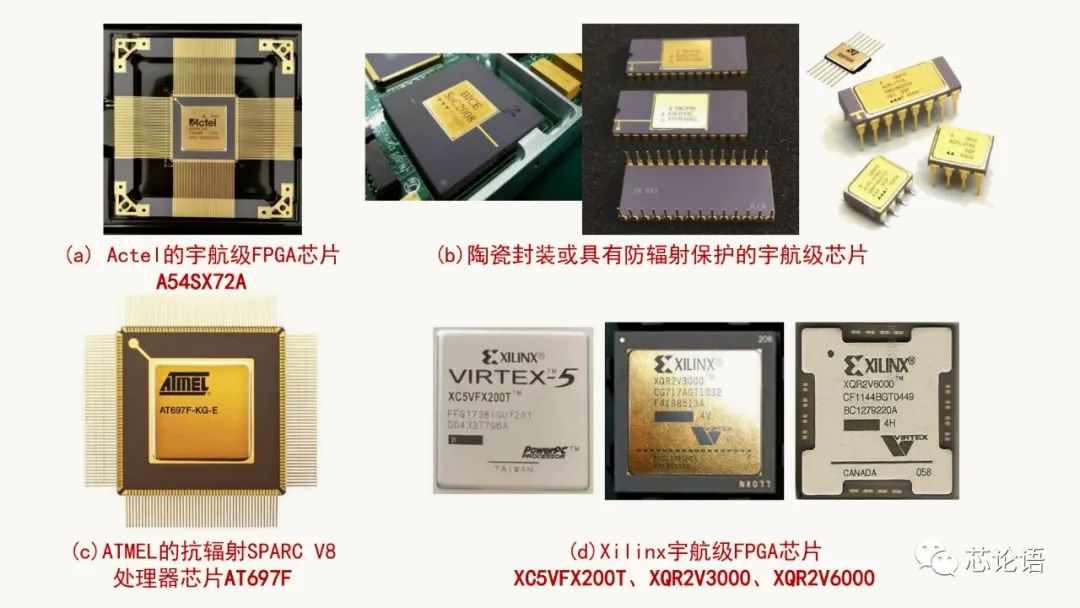
Figure 24. Examples of some military and aerospace-grade chips
2.RF Power Circuits: With the continuous pursuit of wireless communication speed and quality, RF power circuit chips and devices have been subjected to stringent requirements. Moreover, these chips and devices belong to analog circuits, making them the crown jewels of chips, achievable only through long-term R&D investment and technical accumulation, with no shortcuts.
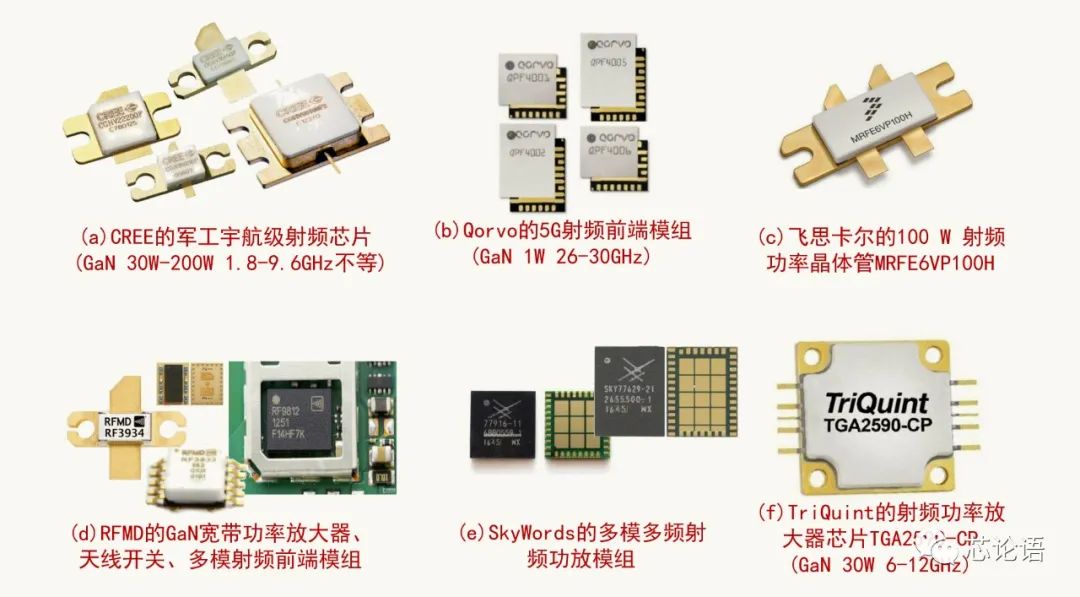
Figure 25. Examples of some RF power circuit chips and devices
3.High Voltage High Power Circuits: Silicon power devices, due to their low cost, are still widely used in applications below 600V. However, if voltage requirements are further increased, especially in situations demanding high efficiency and temperature, chips and devices made from wide bandgap materials like SiC must be selected.
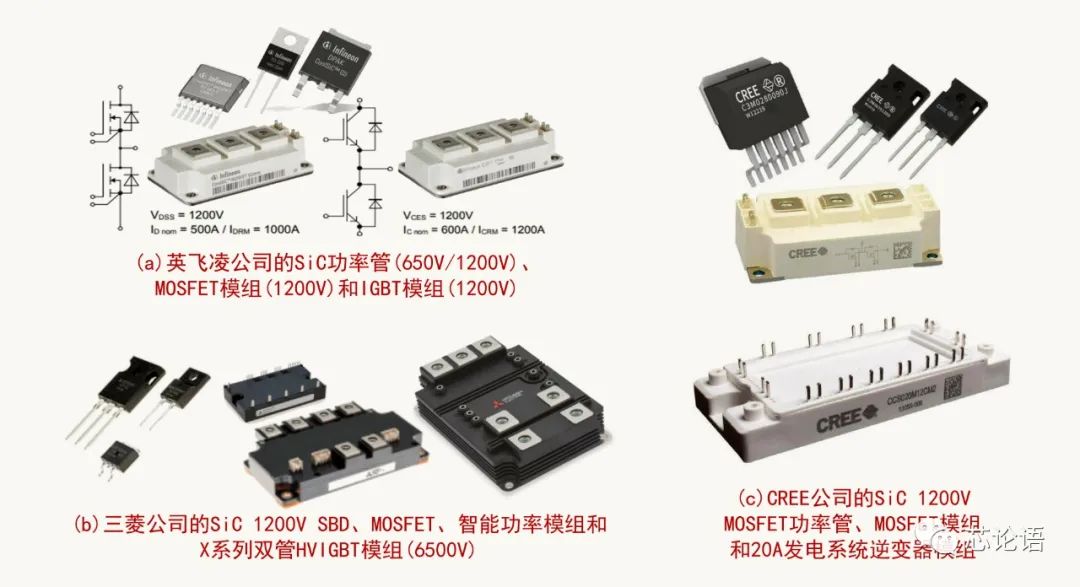
Figure 26. Examples of some high voltage high power circuit chips and devices
Conclusion: The classifications in this article are rough and general; the examples of chips and devices may not be the most representative. Each major category should also have addable subcategories. Perfection cannot be pursued too much; we can only grasp the big picture and outline the “appearance” of the chip family roughly, hoping it helps you understand chips better.
Source: Chip Theory

Sincere Invitation:
On April 12-13, 2021, the 2021 CIAS China International Next Generation Automotive Power Semiconductor Technology Summit Forum hosted by Wangcai Chips will be held in Shanghai. This conference gathers colleagues from the power semiconductor industry chain to discuss technological innovations, material cost control, and innovative application requirements for the next generation of automotive-grade power semiconductors. You are cordially invited to participate!






【Disclaimer】 The article represents the author’s independent views and does not reflect the position of Wangcai Chips.If there are issues related to the content or copyright of the work, please contact Wangcai Chips within 30 days of publication to delete or negotiate copyright usage matters.